Characteristics and stories of Panamanian coffee beans description of taste and flavor of Panamanian coffee beans brewing parameters of hand-made coffee
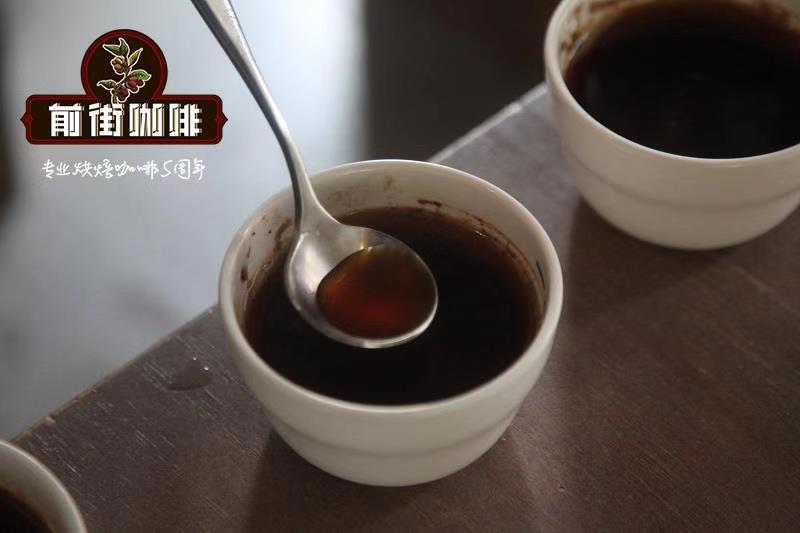
As the producing area of boutique coffee rosy summer, Panama already has a very high reputation in the world, and it can also be synonymous with boutique rosy summer. The rosy summer of Panama is a juicy syrup that many people miss, and it is also a place of pilgrimage for many people in coffee-producing areas. Just follow the front street to find out what kind of magic Panama has!
Coffee producing areas in Panama:
Panama is located on the Panamanian isthmus in Central America, bounded by Colombia to the east, the Pacific Ocean to the south, Costa Rica to the west and the Caribbean Sea to the north. The territory is S-shaped to connect North and South America, and the Panama Canal connects the Atlantic and Pacific oceans from north to south. It is known as the "bridge of the world".
The whole territory of Panama is undulating, with vertical and horizontal valleys, mostly mountains except the north and south coastal plains. The earth is near the equator and belongs to tropical maritime climate. It is humid during the day and cool at night. The annual average temperature is 23-27C °. The whole year is divided into two seasons: drought and rain, with an average annual precipitation of 1500m3 2500mm.
Panama Coffee is grown in the western part of the country, near Costa Rica and the Pacific Ocean. The Boquet district of Chiriqui province is the most famous for its coffee, and Vocan,Santa Clara is also famous. Other areas include David, Remacimeinto, Bugaba and Tole. Only coffee grown at elevations between 1300 and 1500 meters above sea level is considered special coffee.
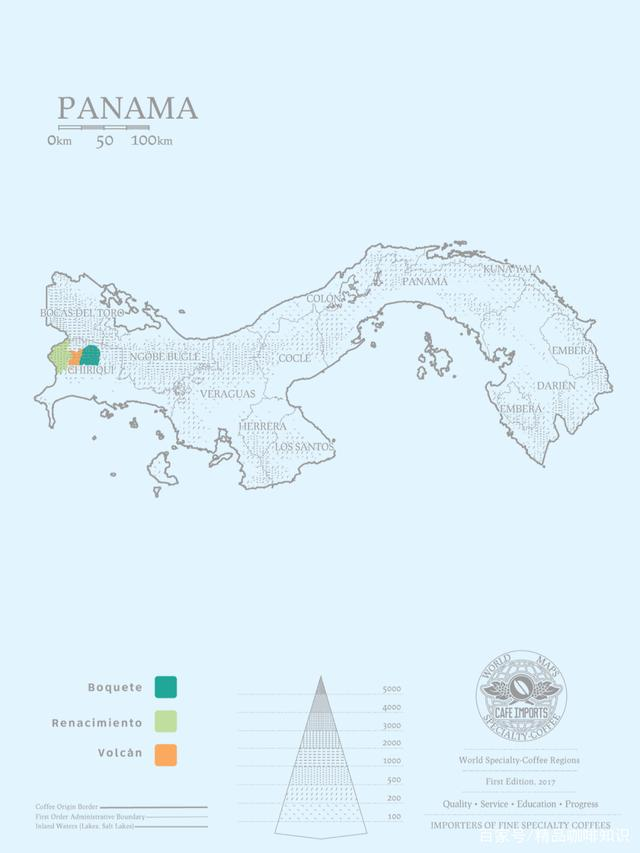
Panamanian method
Sun treatment: the sun is the most primitive treatment, that is, the coffee beans are collected and then selected and placed on the ground or drying bed for about two to four weeks, then peeled with a shelling machine, and then packaged for export.
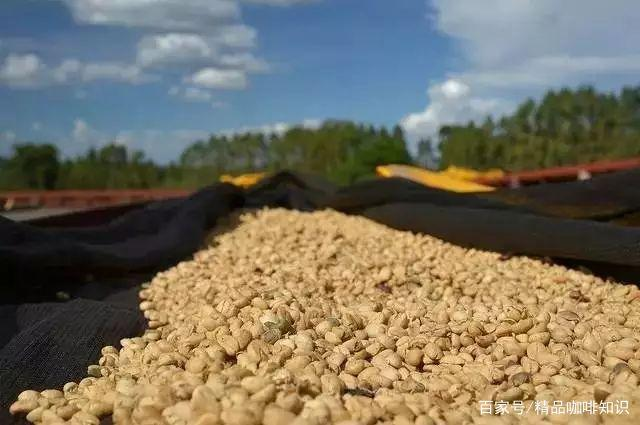
Washing treatment: harvest → storage tank (removal of impurities and immature beans) → pulp removal machine (removal of pulp and impurities) → fermentation tank (removal of mucous membrane on endocarp) → washing pool (select light and hard beans) → sun drying field (or dryer) → sheller (removal of endocarp) → grading (electronic bean selector or manual selection, sieve, etc.) → outlet.
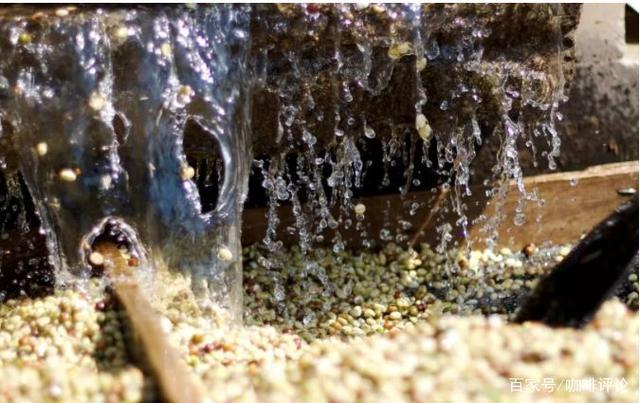
Yeast treatment: manually pick the fully ripe bright red fruit, sift out the small size and rinse, soak in clean water, ferment for about 48 hours, add yeast, and then dry in the sun. It is about 1 to 2 layers thick on the tanning bed, after 4 days of sun exposure, the average temperature: daily: 16 degrees-23 degrees, every night: 10 degrees-15 degrees, complete a completely different unique flavor!
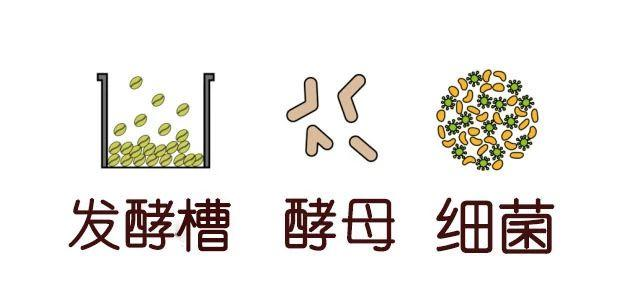
Red wine treatment: red wine treatment is also known as carbon dioxide impregnation treatment. Red wine treatment can ensure the quality of coffee beans by controlling PH value, even temperature and humidity, while airtight fermentation makes aromatic substances less volatile. Carbon dioxide impregnation is a new treatment method used in red wine treatment, in which coffee beans are removed from the pulp and peeled and put into a stainless steel container and put into carbon dioxide gas to make it oxygen-free and seal the fermentation keg. This will develop more aromas.
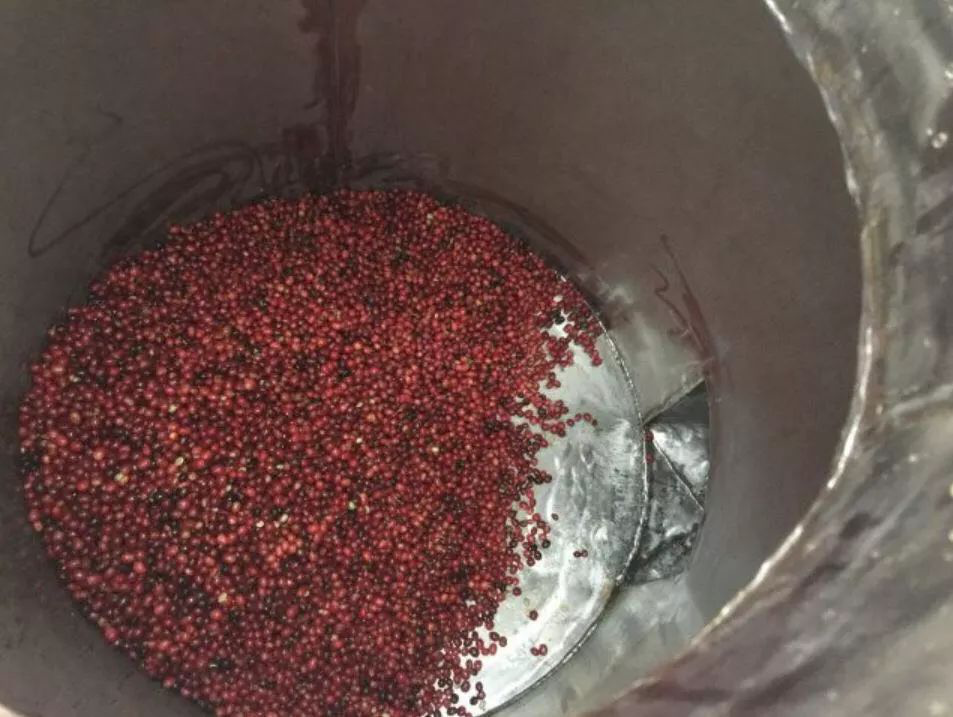
The characteristics of Panamanian coffee:
Most of the Panamanian coffee is grown in aru, a mountain area near Costa Rica in the west. The fertile clover on the slope of the Balu volcano gives birth to dark green coffee beans with a light flavor, bright temperament and good sweetness. The coffee beans sold here will bear the name of the area, such as Baru Volcano Coffee (am Volcano), whose extremely hard beans (SH) are good beans close to the selection of coffee.
To the east of Mount Baru, there is also Mount ouque, which also produces coffee, which is similar in quality and flavor to Balu coffee. Panama coffee is smooth, light and sour, and its excellent thousand-week coffee beans are pure and distinctive.
Flavor: full granules and good quality
How do Panamanian coffee beans taste?
The taste balance is good, some slightly sour, high maturity and uniform quality of beans.
The bean meat is thin, so the same heat is good, and it is not easy to produce uneven baking. Taste purity is high, beans do not have a state of different sizes, so there is no miscellaneous flavor. Generally speaking, it belongs to the category of easy conditioning, and the baking degree of medium baking (Medium Roast) ~ high baking (High Roast) is the best.
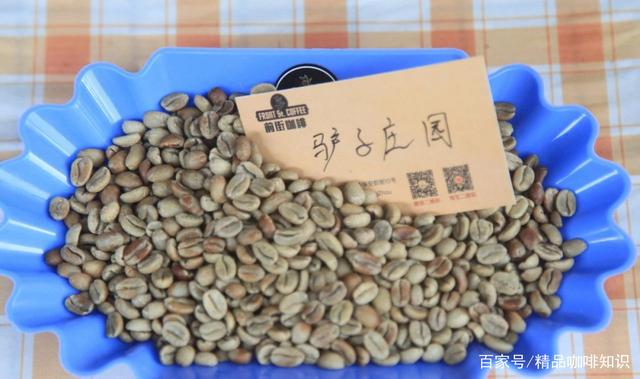
[Qianjie Coffee Panama Donkey Manor]
Country: Panama
Manor: donkey Manor
Producing area: Pokuit
Variety: Rose summer
Altitude: 1700-2000m
Treatment: sun treatment
[donkey Manor]
Donkey Manor is located in the Poquet region, Chiriki Province, Panama, with an area of about 50 hectares, of which 20 hectares are planted with Rosa Rosa and Kaduai, 10 hectares are reserved for cultivation, and the rest is a reserve for Baru Volcano National Forest Park, about 1700-1800 meters above sea level, the area is steep, with a large number of native tree species as shade trees and shrouded in clouds, effectively prolonging the growth cycle of coffee. The soil is volcanic soil with high content of potassium and phosphorus and rich organic matter.
Donkey Manor has a history of 100 years. It is named Donkey Manor because this location used to raise livestock. Even though the name of Donkey Manor is very approachable, the coffee beans produced by Donkey Manor are very strong. In recent years, Donkey Manor has continuously achieved good results in the Panama Competition (BOP) and gained great fame.
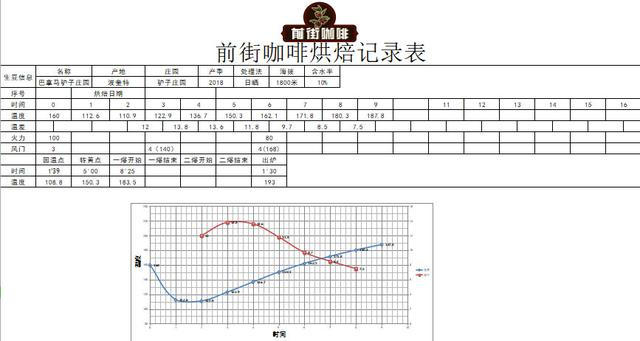
[front Street Coffee Baking Show]
Roaster: Yangjia 800N
The furnace temperature reaches 160℃ into the pot, the throttle opens 3, the firepower is 130; the temperature recovery point is 1mm, 39th 40 ", when the furnace temperature is 140℃, the firepower remains unchanged, the throttle opens to 4; at this time the bean surface turns yellow, the smell of grass disappears completely, and enters the dehydration stage, when the furnace temperature reaches 168℃, the firepower is adjusted to 80, the throttle remains unchanged.
The smell of toasted bread obviously turns into coffee, which can be defined as a prelude to an explosion. At this time, listen clearly to the sound of the explosion point, start to explode at 8pm 39th 25 ", adjust the firepower to 50, adjust the throttle to 5 (the firepower should be very careful, not so small as to be free of bursting sound). After one explosion, the development of 1mm bread 39th 30", 193 ℃
Pot.
[flavor description]
After cooking with V60, it smells of ginger flowers, citrus, honey, berries and fermented wine in the mouth. With the decrease of temperature, pineapple-like sweetness emerges slowly, with sweet and sour orange at the end.
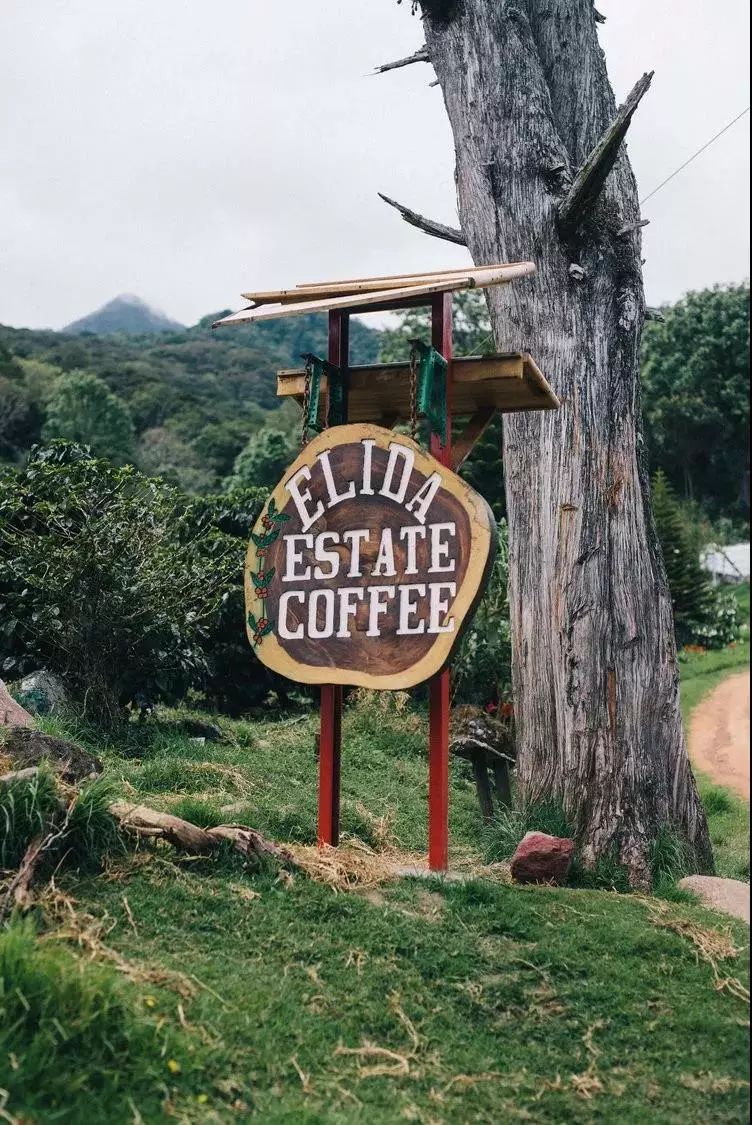
[front Street Coffee Erida Manor Coffee]
Producing area: Pokuit producing area of Panama
Manor: Alida Manor
Altitude: 1850 m
Variety: iron pickup
Treatment: insolation
[Arida Manor]
Elida Manor is one of the coffee farms of the Lamastus family since its inception in 1918, and the name of the farm is the name of the then farmer, Mrs. Robert Louis Lamastus. In Boquete, the hottest producing area in Panama, due to the excellent coffee growing environment and the high altitude, the saplings on the manor need to grow two to three more years to start harvesting, and the annual ripening period of the fruit is one month longer than that of other estates in the area, so the density of coffee beans is particularly solid. Elida Manor has a total area of 65 hectares, more than half of which are located within the Baru Volcano National Park, 30 hectares of the estate are planted with coffee trees, and the remaining 35 hectares are virgin forests.
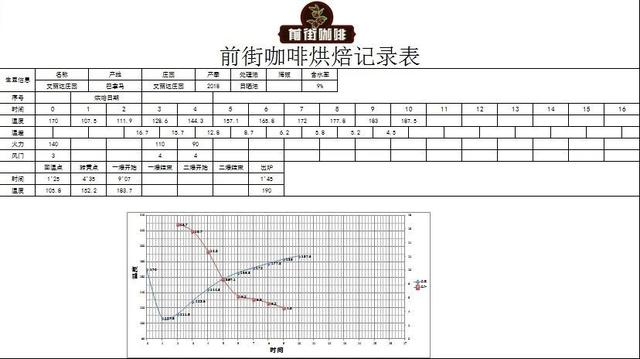
[front Street Coffee Baking Show]
Enter the pot at 170 degrees Celsius, adjust the firepower to 140 degrees after opening the throttle for 30 seconds, and adjust the firepower to 140 degrees at the return point of 39 degrees Celsius. At this time, the bean watch turns yellow, the smell of grass disappears completely, dehydration is completed, the firepower is adjusted to 110 degrees, and the throttle is adjusted to 4 degrees.
At 8'45, ugly wrinkles and black markings appear on the bean surface, and the smell of toast obviously changes to the smell of coffee, which can be defined as a prelude to an explosion. at this time, listen carefully to the sound of the explosion point, to 9: 07 "start the explosion, adjust the firepower to 90 degrees, adjust the throttle to 4 (the firepower should be very careful, not so small as to be free of cracking sound), 1: 45" after the explosion, 190 degrees into the pot.
[flavor description]
The entrance can obviously feel the flavor of peach, raisin and orange, and the sweetness of sucrose and melon emerges slowly, with the flavor of grapefruit and green tea at the end.
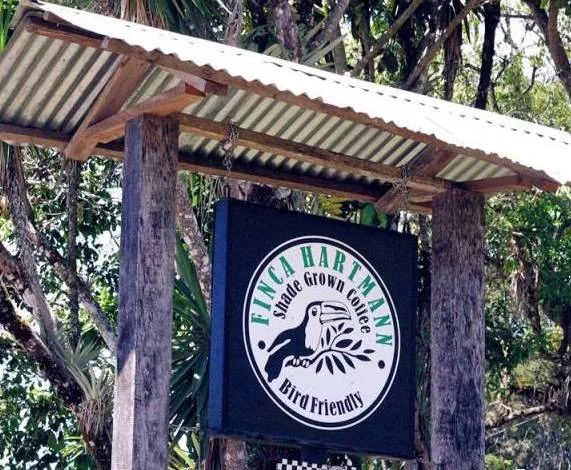
[front Street Coffee Hartman Manor]
Today's Hartman Manor is a family business founded by Latip Hartman (son of Eloise) in 1940.
In 1966 Latip married Dinola Sandy of Costa Rica. They have five sons, Latipa Jr., Alan, Alexander, Alice and Kelly. Each family member is responsible for the growth management, harvesting and handling of the coffee and the visit to the manor. The family business has a state cup testing laboratory and a sample baking room. Test each batch of coffee fruit with a rigorous attitude and strict standard cups. This ensures that the coffee quality at Hartman Manor is stable and is always looking for progress. Their scientific attitude towards coffee and nearly 100 years of family experience ensure that they produce excellent products, and a family farm that has grown coffee for more than 100 years is itself a legend.
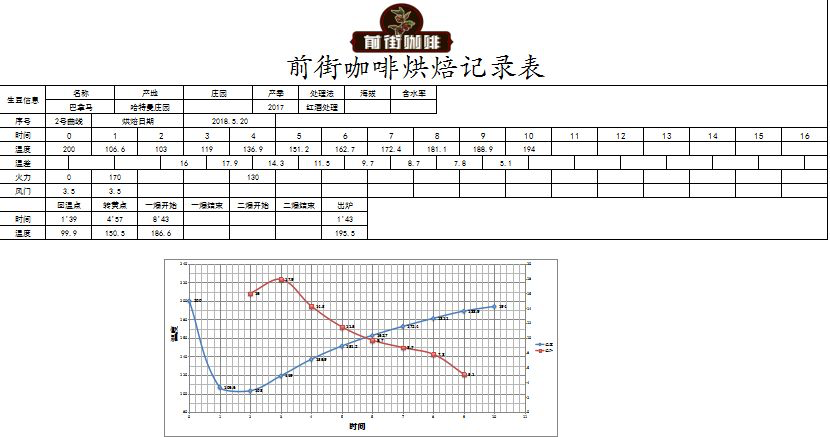
[front Street Coffee Baking Show]
Enter the pot when the furnace temperature is 200 degrees Celsius, adjust the firepower to 170 degrees after opening the throttle for 3 and 30 seconds, keep the throttle unchanged, the temperature recovery point is 1: 39 ", keep the firepower, when 4: 57", the bean surface turns yellow, the smell of grass disappears completely, enter the dehydration stage, the firepower is reduced to 130 degrees, and the throttle is maintained at 3.5 degrees.
After dehydration, the firepower dropped to 80 degrees and black markings appeared on the bean surface at 8: 00, and the smell of toast obviously changed to coffee, which can be defined as a prelude to an explosion. At this time, it is necessary to listen carefully to the sound of an explosion point. "start an explosion at 8: 43", adjust the firepower to 60 degrees, and the throttle should be fully opened 5 (the firepower should be very careful, not so small as to be free of bursting sound), and develop 1: 43 "after an explosion." Put it in the pot at 195.5 degrees.
[flavor description]
The entrance is supple, the acidity is lively and bright, the acidity is soft, the layer is rich, the aftertaste of red wine is obvious, the taste of honey and sucrose is obvious, after complete cooling, the flavor of yellow sugar.
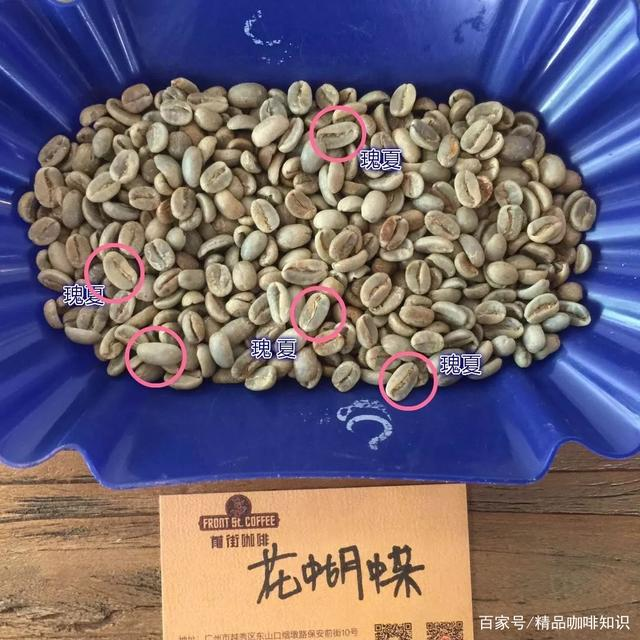
[front Street Coffee Pocket Panamanian Flower Butterfly]
Producing area: Bogut boquete Baru Volcano region
Variety: Kaduai, Kaddura, Rosa Geish
Treatment: washing
Altitude: 1600 m
[flower butterfly]
The flower butterfly is a bean from Pokuit, which is composed of 70% of the rose summer varieties.
Poquet is a town in the province of Riki, located near the border between Panama and Costa Rica, near the famous Baru volcano, the scenery is beautiful, the soil is rich and fertile, and the climate and soil are very suitable for producing quality coffee. known as the "promised land for coffee".
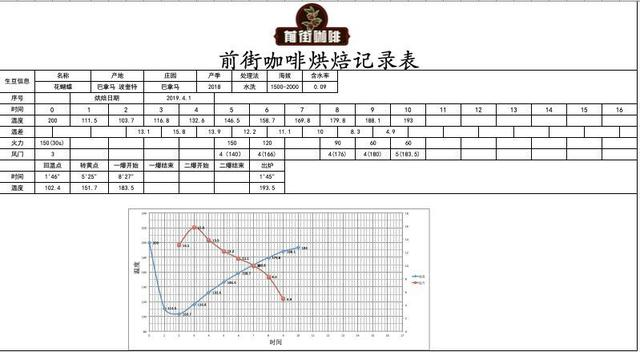
[front Street Coffee Baking Show]
The furnace temperature is 200 degrees Celsius, the throttle is set at 3, the firepower is adjusted to 150 after 30 seconds, and the temperature recovery point is 1: 39 / 46 ". When the furnace temperature is 140℃, the throttle is opened to 4, the furnace temperature is 166℃, the firepower is set to 120C, the throttle is unchanged, the firepower is adjusted to 90 at 176℃, the throttle is unchanged, and the firepower is adjusted to 60 when the furnace temperature is 180℃.
The smell of toasted bread has obviously changed to the smell of coffee, which can be defined as a prelude to an explosion. At this time, it is necessary to listen carefully to the sound of the explosion point. When the sound of the explosion starts, adjust the throttle to 5 (the tuning power should be very careful and not be so small that there is no burst sound). After the explosion, the smell of the toast will obviously change to the smell of coffee, which can be defined as a prelude to an explosion. 193.5 ℃ into the pot.
[flavor description]
When cooked with V60, there are citrus, grapefruit, plums, nuts, almonds, oranges, green tea, flowers, honey, the overall feeling is relatively fresh and clean, floral fragrance is obvious.
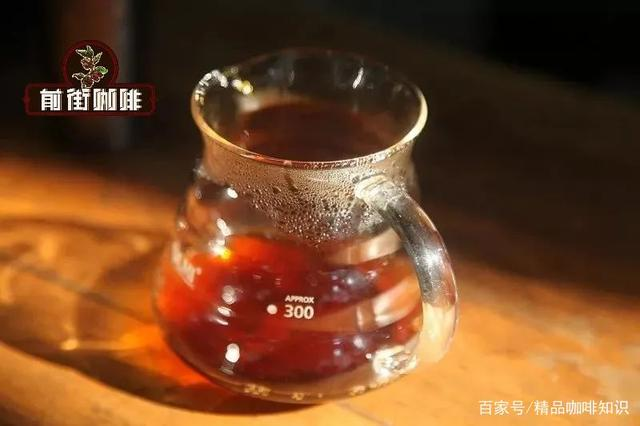
Important Notice :
前街咖啡 FrontStreet Coffee has moved to new addredd:
FrontStreet Coffee Address: 315,Donghua East Road,GuangZhou
Tel:020 38364473
- Prev
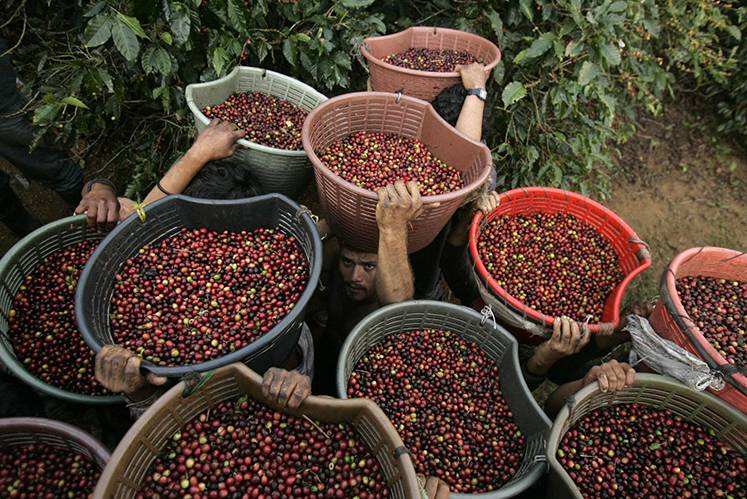
Introduction of Panamanian coffee beans, Panamanian coffee bean red wine treatment
Following Caf é (Wechat official account vdailycom) found that Beautiful Caf é opened a small shop of its own Panama Coffee growing Environment Panama is a small country located in the heart of the American continent. The waters of the Atlantic and Pacific oceans flood its beaches. Panama is located at 9 degrees north latitude, the meeting point of the Central Mountains, where Mount Baru, one of the highest volcanoes in Central America, is located.
- Next
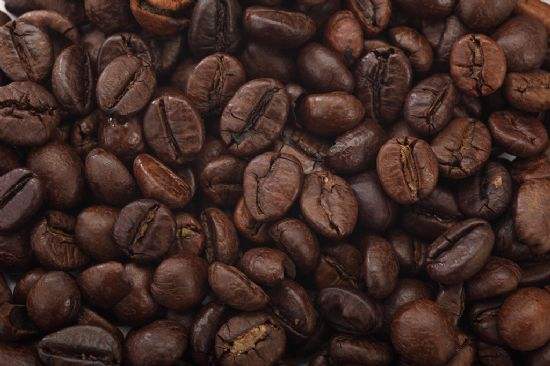
Panamanian coffee flavor, Panamanian Alida coffee flavor
Following Cafe (Wechat official account vdailycom) found that Beautiful Cafe opened a small shop of its own Panama is a small country located in the center of the American continent, with a total area of 75517 square kilometers. It is bounded by Colombia to the east, the Pacific Ocean to the south, Costa Rica to the west and the Caribbean to the north. The country connects North and South America in an S-shaped shape. The whole territory of Panama has undulating terrain and vertical valleys.
Related
- Detailed explanation of Jadeite planting Land in Panamanian Jadeite Manor introduction to the grading system of Jadeite competitive bidding, Red bid, Green bid and Rose Summer
- Story of Coffee planting in Brenka region of Costa Rica Stonehenge Manor anaerobic heavy honey treatment of flavor mouth
- What's on the barrel of Blue Mountain Coffee beans?
- Can American coffee also pull flowers? How to use hot American style to pull out a good-looking pattern?
- Can you make a cold extract with coffee beans? What is the right proportion for cold-extracted coffee formula?
- Indonesian PWN Gold Mandrine Coffee Origin Features Flavor How to Chong? Mandolin coffee is American.
- A brief introduction to the flavor characteristics of Brazilian yellow bourbon coffee beans
- What is the effect of different water quality on the flavor of cold-extracted coffee? What kind of water is best for brewing coffee?
- Why do you think of Rose Summer whenever you mention Panamanian coffee?
- Introduction to the characteristics of authentic blue mountain coffee bean producing areas? What is the CIB Coffee Authority in Jamaica?

